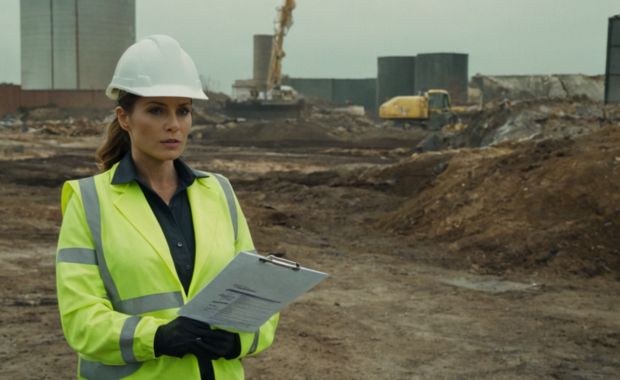Sustainable land use planning is a critical process that involves managing land resources to meet current needs without compromising future generations’ ability to meet theirs. One vital tool in this process is the desktop study report. These reports compile and analyze existing data to inform land use decisions, making them essential for effective planning and sustainable development. In this article, we explore the role of desktop study reports in sustainable land use planning, highlighting their components, benefits, and applications.
What is a Desktop Study Report?
A desktop study report is a comprehensive document that gathers and analyzes data from various existing sources regarding a specific land area. This study typically includes information from public records, maps, satellite imagery, environmental assessments, and previous research studies. The aim is to provide a clear picture of the current conditions of the land, its potential uses, and any constraints that may affect future development.
Key Components of a Desktop Study Report
- Existing Land Use Analysis: This section evaluates how land is currently utilized in the area. It identifies residential, commercial, industrial, agricultural, and recreational spaces, providing insights into land use patterns and trends.
- Environmental Considerations: Desktop study reports often include an assessment of environmental factors such as soil quality, water resources, vegetation, and wildlife habitats. Understanding these aspects is crucial for determining how land can be developed sustainably.
- Regulatory Framework: This component outlines the legal and regulatory requirements governing land use in the area, including zoning laws, land use policies, and environmental regulations. Understanding these regulations is essential for compliance and sustainable planning.
- Socio-Economic Factors: An analysis of the demographics, economic activities, and community needs helps planners understand how land use decisions will impact local populations and contribute to overall community development.
- Risks and Constraints: Identifying potential risks, such as flooding, pollution, or land degradation, is vital for sustainable planning. Desktop study report assess these risks and recommend mitigation strategies.
Benefits of Desktop Study Reports
- Informed Decision-Making: By compiling relevant data, desktop study reports provide a solid foundation for decision-making. Planners can make informed choices based on evidence rather than assumptions, reducing the likelihood of costly mistakes.
- Time and Cost Efficiency: Conducting a comprehensive site survey can be time-consuming and expensive. Desktop studies utilize existing data to save resources, allowing planners to focus on areas that require further investigation.
- Stakeholder Engagement: Desktop study reports can facilitate communication between planners, stakeholders, and the community. By presenting clear data and analyses, these reports help build trust and consensus among interested parties.
- Sustainability Assessment: These reports enable planners to evaluate the sustainability of proposed land use changes. By identifying potential impacts on the environment and community, planners can propose strategies to minimize adverse effects.
Applications of Desktop Study Reports in Land Use Planning
- Urban Development: In urban planning, desktop study reports help identify suitable locations for new developments, taking into account existing infrastructure, community needs, and environmental constraints. They can also guide the redevelopment of underutilized areas.
- Environmental Management: For projects involving natural resource management, desktop studies assess the ecological significance of land areas. This information is critical for conserving biodiversity and maintaining ecosystem services.
- Transportation Planning: Desktop study reports can analyze existing transportation networks and identify areas for improvement. This ensures that transportation developments align with sustainable land use principles.
- Risk Management: By identifying potential hazards, such as natural disasters or environmental degradation, desktop studies help planners develop strategies to mitigate risks. This is particularly important in areas prone to climate change impacts.
- Community Planning: Desktop studies assess community needs and preferences, helping planners create spaces that foster social interaction and well-being. Understanding local demographics and economic activities is vital for developing inclusive and equitable land use strategies.
Conclusion
Desktop study reports play a pivotal role in sustainable land use planning by providing a thorough understanding of existing conditions and potential impacts. They enable planners to make informed decisions, engage stakeholders, and assess the sustainability of proposed developments. As urbanization and environmental concerns continue to rise, the importance of desktop studies in guiding sustainable land use practices cannot be overstated. By leveraging existing data, these reports contribute to more efficient, equitable, and environmentally responsible planning processes, ultimately ensuring that land resources are used sustainably for future generations.



